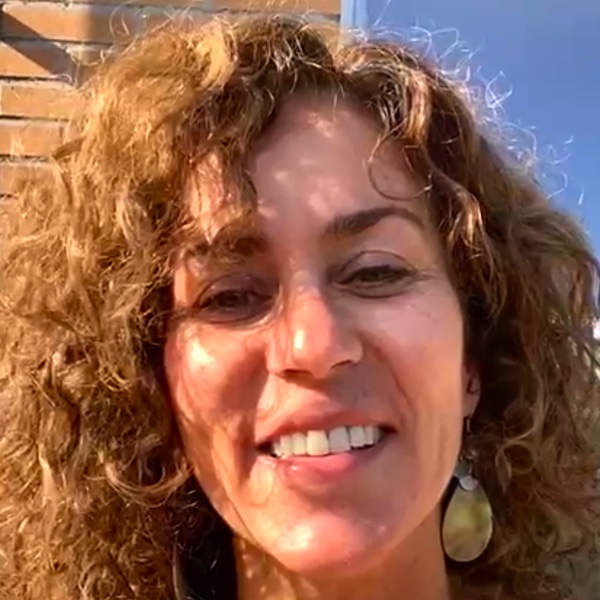
Kundalini Yoga
Viviane (
Brazil
 )
)


Kundalini Yoga, a physical and spiritual discipline – Viviane’s goosebumpmoment
Viviane: “Hi, I’m Brazilian, but I live for more than 20 years in the Netherlands. One of my goosebumpmoments was during a trip to Bali. My husband and I went to follow a Kundalini Yoga class. At that moment I was already a Yoga teacher in Yin Yang Yoga and Aerial Yoga. During the Kundalini Yoga class, it felt so magical. I felt that I was at the right place at the right moment. The words of the teacher (his name was Buddha) went right into my heart and it was as if he was talking especially to me instead of giving the class to a full room. Kundalini Yoga ends the class always with a blessing mantra, it is such a wonderful mantra, the “Long Time Sun”. The version that Buddha used in Bali was from Snatam Kaur, it is also my favorite version. You can find the link of this version here, I hope you will enjoy it. This trip to Bali, and especially this magical goosebumpmoment, changed my live. Today I am also a Kundalini teacher. Kundalini brought me lots of peace, bliss and harmony and I would like to share this with you. Lots of love!”
Kundalini, the yoga of consciousness
While yoga is the union of mind, body and spirit, Kundalini Yoga is the yoga of consciousness, which allows us to be aware of who we are on this physical plane and to unite ourselves to a higher spiritual plane.
Kundalini is thousands of years old. It comes from before the founding of India or Pakistan, the region where this discipline originates. Kundalini Yoga was only taught to kings, queens, sages and monks, not everyone had access to this knowledge, contrary to yoga practiced by people in general.
What is the purpose of Kundalini Yoga?
The purpose of this discipline is that those who practice it can reach their maximum creative potential and free themselves from karma, understood as the lasting effects of past actions.
The word kundal means “circular”, and usually refers to a coiled serpent, while by Kundalini it is understood as “an energy or force located at the base of the spinal column”.
According to experts, this snake would rise along the spinal column when the energy is awakened, and it would be purified through the chakras or energy points, which would provide a feeling of fullness on the physical, mental and spiritual. In any case, in this article we will focus on the rather physical aspects and the benefits that science has shown that occur with this type of yoga.
How is Kundalini Yoga practiced?
Currently, this type of yoga has synthesized the best of many other disciplines with the aim of increasing body awareness. The postures performed in Kundalini Yoga are designed to activate the navel and spine area.
This is achieved through breath work (pranayama) and the performance of certain postures or asanas, but also through mantras, mudras, bandhas, and visualization and meditation techniques.
Although this type of yoga is made up of many postures, probably the most common are the crow posture, the frog posture, the stretching posture, the camel posture, the cobra posture, and also Guru Pranam and Sat Kriya.
Almost all of these postures are related to the mobilization and stretching of the spine and all its surrounding muscles. Therefore, this type of yoga is especially recommended for those who suffer from problems associated with this area.
Benefits of Kundalini Yoga
Kundalini Yoga, like many other modalities, puts the core muscles to work to a great extent (abdomen, buttocks, lumbar …), but this is not the only function of this discipline.
The postures that are carried out can improve the mobility of many joints, and of course it can improve the flexibility of the spine, which is precisely the area where the impact will be sought.
In addition to this, the experts in Kundalini also comment that it could also have other benefits, especially focused on improving creativity, the functioning of the nervous and immune system, and the reduction of stress and anxiety.
More about Kundalini Yoga:

Rate This Goosebump Moment